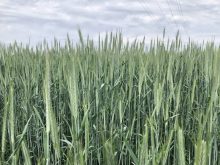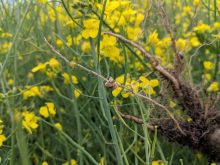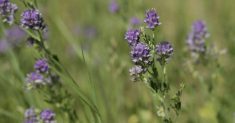At the grower meetings and events I’ve been to in the last few months, one topic on everyone’s mind is poor seed quality coming out of the challenging 2016 growing season.
Last season had excessive moisture, high humidity and heavy disease pressure across most areas. Factor in an extended fall that brought cooler temperatures, and you have a recipe for seed with high seed borne disease, as well as decreased germination and vigour.
Getting your seed tested by an accredited lab should already be part of your normal pre-season routine. But what you might not realize is that you can get your seed tested with and without a seed treatment applied.
Read Also

Claas brings 1000 Series SP forage harvesters to Canada
In mid-August, Claas unveiled its new line of Jaguar forage harvesters at an event in Visalia, California, deep in the heart of that state’s dairy region.
Not only can this help you determine the severity of your seed quality problem and set yield expectations, but it will also help you decide on the most suitable seed treatment.
Ultimately, the success of your season largely depends on the seed you put in the ground. Having the best possible idea of how your seed is shaping up will help you determine what other investments you put into that crop going forward.
This agronomy tip was brought to you by Carolyn Wilson, agronomic service representative with Syngenta Canada.















